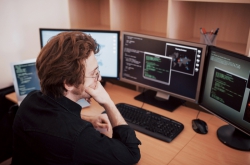It’s hard to think of a field that doesn’t experiment with computer vision technologies – they are used to monitor safety on production sites, locate mineral resources, decipher ancient manuscripts, and de-age prominent actors.
No wonder that the demand for specialists in computer vision is high, especially if they can not only provide solutions to research questions but also turn experimental results into commercial products. That’s why ITMO University and Napoleon IT are launching the new Computer Vision track within the Infocommunications and Digital Media Master’s program.
“Our ambitious aim is to bridge science and business with this Master’s track,” shares Dmitry Botov, head of the new track. “We want students and lecturers to be able to come up with technologies that are groundbreaking not just for Russia, but for the whole world. Given the university’s potential, I think that’s quite a manageable task for ITMO.”
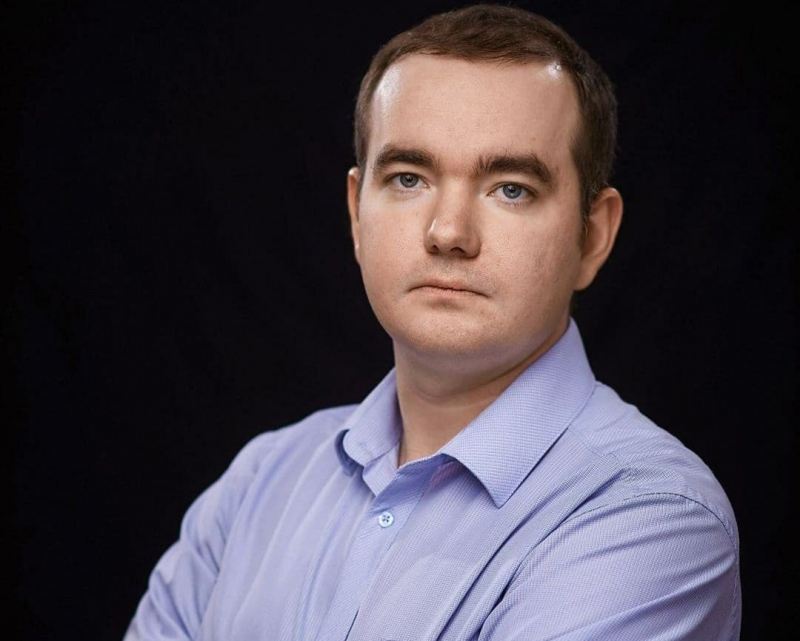
Dmitry Botov
According to Daria Kozlova, ITMO’s First Vice Rector, this project was prompted by the success of earlier collaboration between ITMO and Napoleon IT.
“We first met the Napoleon IT team about a year ago when we did a small analytics project for our colleagues. What I like about the company is their speed, drive, and ambition! We are definitely headed the same way. That’s why I wholeheartedly welcome our collaboration, and I am really happy for the launch of the new track,” says Daria Kozlova.
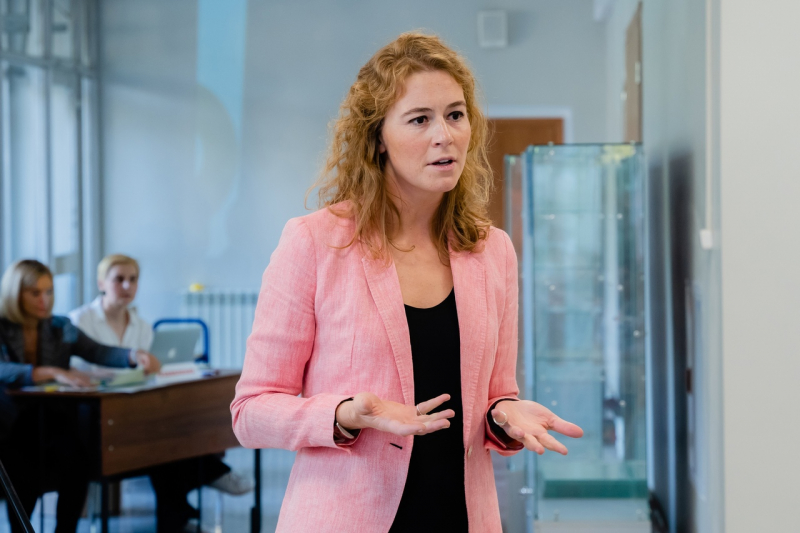
Daria Kozlova
The curriculum
Computer vision is based on machine learning and that means that students will be mainly trained in this field. The core disciplines cover deep learning, as well as models and architectures of neural networks. Moreover, the lecturers will introduce computer vision technologies and teach students to solve tasks on visual image analysis, object recognition in static photos, and object tracking in videos.
“Together with the students, we will not only create algorithms but also learn to develop them in such a way that they could be used in commercial systems, including those made for clients of Napoleon IT. This is completely different from lab work,” explains Dmitry Botov.
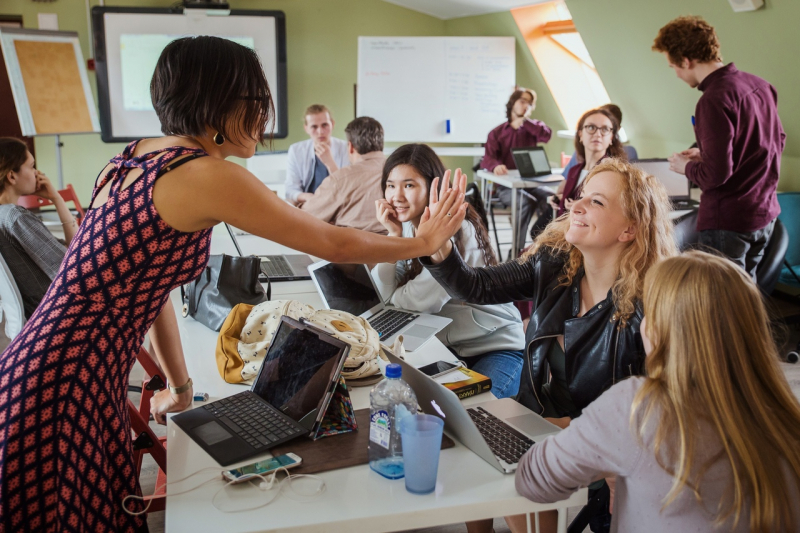
A special block of classes will delve into management of IT projects. There, ITMO lecturers, programmers from Napoleon IT, as well as team leads and project managers will talk about the principles of managing a team of developers.
At the same time, students will undergo practical training within the teams of the track’s corporate partner or their clients.
“The program is created in such a way as to provide training on real-life practical tasks of our company,” adds Pavel Podkorytov, CEO of Napoleon IT. “Up to a half of the classes will take place at our office.”
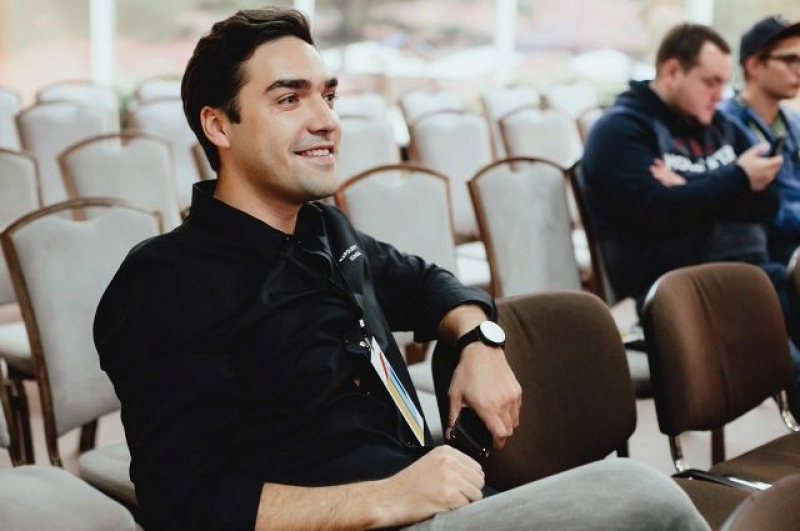
Pavel Podkorytov
Future graduates
Upon graduation, students will be able to work in data science, machine learning, and, of course, computer vision in such positions as data analyst or backend developer in image recognition algorithms.
“We’ve decided to launch this new track so that in a year or two we would have computer vision specialists on our job market. Right now, those are some of the most in-demand positions with not enough specialists to fill them,” adds Pavel Podkorytov. “After graduating, our students will be able to find positions within the company as well.”
Right now the authors of the program focus on the four main applications of computer vision. First are systems for facial recognition and control for safety requirements, such as face masks or helmets. Second is object detection on production sites and quality control on assembly lines. Third is compression of neural networks for use on smartphones, a prerequisite for the development of apps that can recognize images and videos using a device’s camera. Finally, there’s image and even video generation – the kind of software that helps de-age actors.
“This list can be updated annually if not monthly, as the field is constantly changing,” says Dmitry Botov. “It’s easily noticeable in computer vision projects launched by IT giants, such as Google or Facebook. We also want to follow this trend – and moreover, we want to set trends ourselves.”
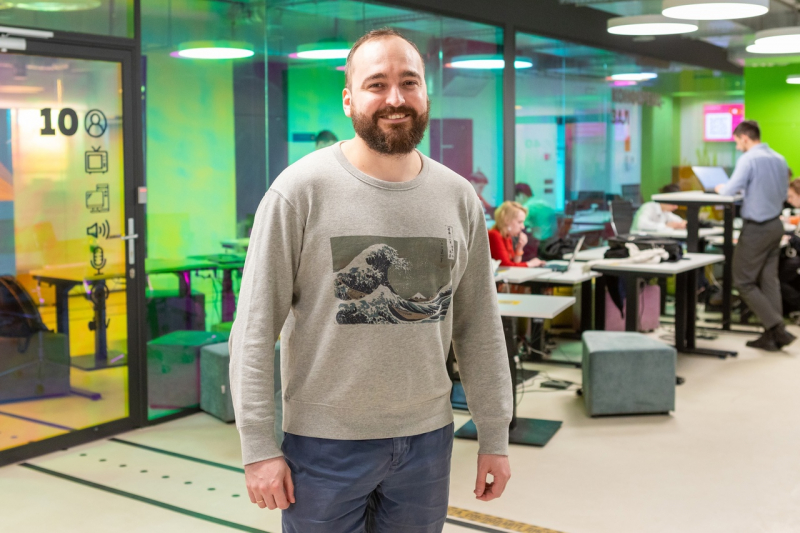
Alexandr Kapitonov
“Apart from safety control, such trends can include event mapping using video processing, as well as new approaches to the interaction of digital solutions with physical environments, when we naturally communicate with any digital system without a user interface. Finally, it’s about the features of future digital and physical solutions, such as driverless vehicles and the related technologies. I think that such solutions will not only be some of the most sought-after technologies, but will also save a lot of lives in the nearest future,” adds Alexandr Kapitonov, dean of the Faculty of Infocommunication Technologies.
Application requirements
Bachelor’s and Specialist’s students experienced in programming, especially in high-level languages – first and foremost, Python – are welcome to apply.
“It will be good for applicants to have an understanding of machine learning, data science, and big data,” says Dmitry Botov. “Knowledge of the principles of neural networks will also be an advantage, but that is optional. But most importantly, they should be motivated and willing to grow and learn new things.





